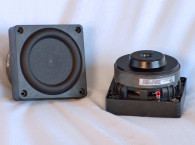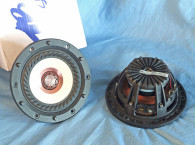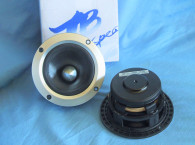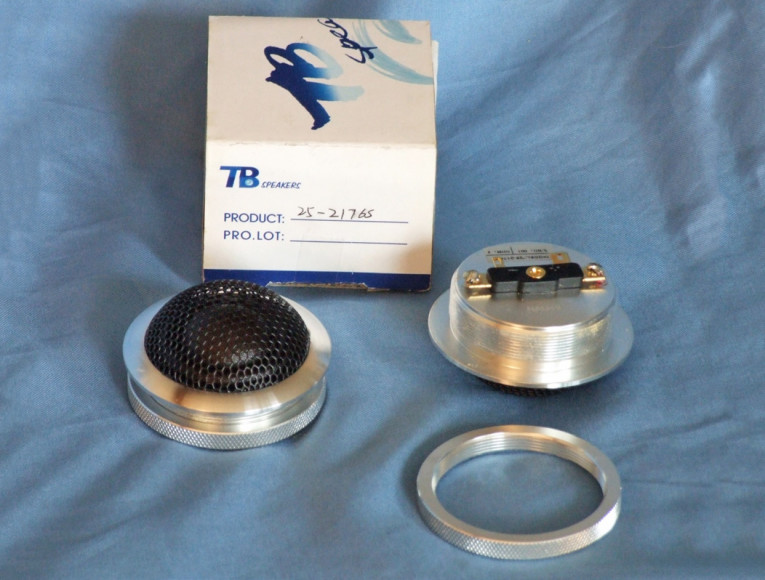
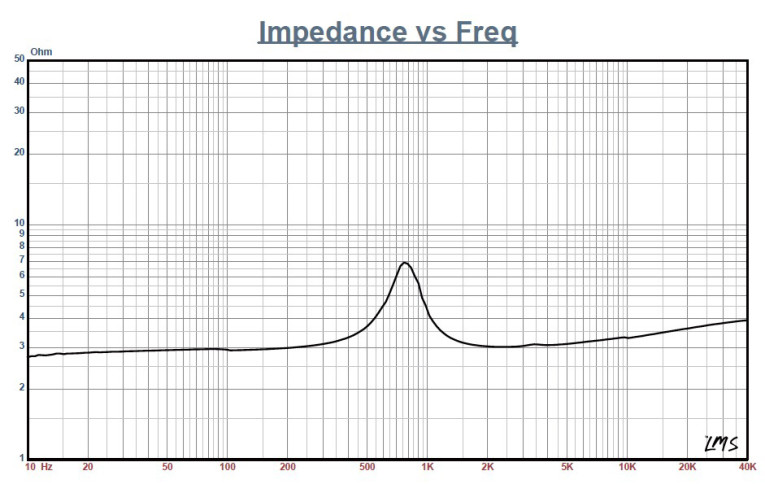
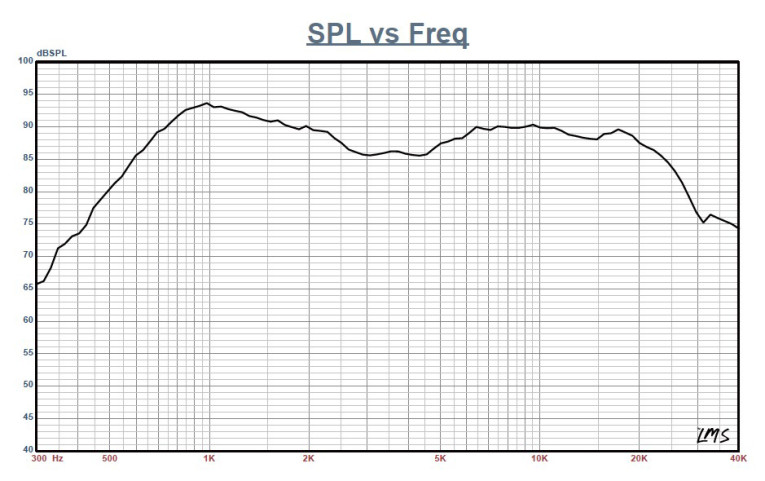
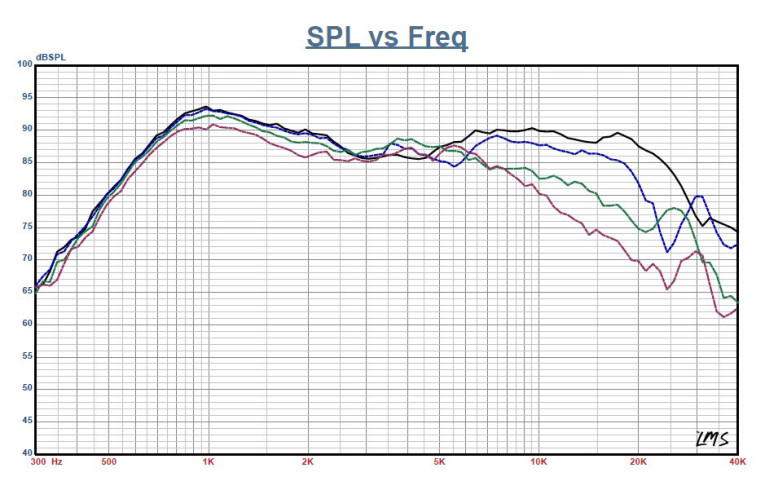



Testing commenced using the LinearX LMS analyzer to produce the 300-point impedance sweep shown in Figure 1. The resonance for this 4 Ω device occurs at rather low (for a 1” soft dome) 763 Hz. The DCR for the 25-2176S was 2.63 Ω, while the minimum impedance above resonance of 3.02 Ω at 2.35 kHz.
I surface mounted the 25-2176S in an enclosure that had a baffle area of 14”× 7” and measured the on- and off-axis frequency response with a 100-point gated sine wave sweep at 2.83 V/1 m. Figure 2 shows the 25-2176S’s on-axis response to be a smooth and a fairly flat ±2.4 dB from 1.96 kHz Hz to 23.2 kHz, a wide flat bandwidth for any tweeter.
Figure 3 depicts the 25-2176S’s on- and off-axis response, with the off-axis curves normalized to the on-axis response shown in Figure 4. The associated CLIO polar plot is shown in Figure 5. Figure 6 shows two-sample SPL comparison, indicating the samples were closely matched.
For the next test procedure, I again used the Listen SoundConnect and the SCM 0.25” microphone to measure the impulse response with the tweeters surface mounted on the test baffle. Importing this data into the Listen SoundMap software produced the CSD (waterfall) plot shown in Figure 7. Figure 8 depicts the STFT displayed as a surface plot.
For the final test procedure, I used a pink noise stimulus to set the 1 m SPL to 94 dB (4.48 V for the 25-2176S) and measured the second- and third harmonic distortion at 10 cm, which is shown in Figure 9 (on a log instead of linear scale).
Based on the data, TB Speaker has brought the industry another good performing soft dome, with possible applications in car audio OEM systems. For more information, visit www.tb-speaker.com

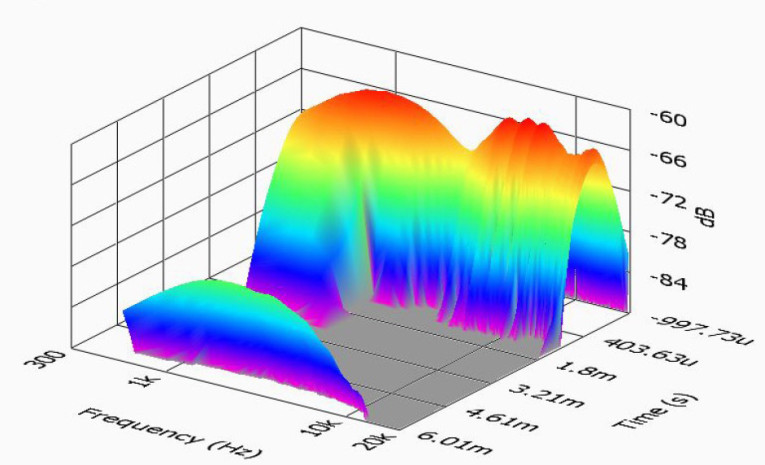

This article was originally published in Voice Coil, July 2016




